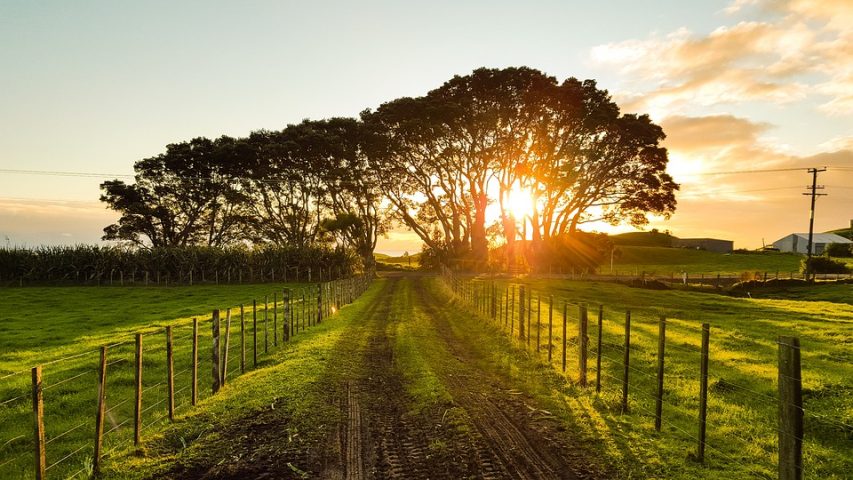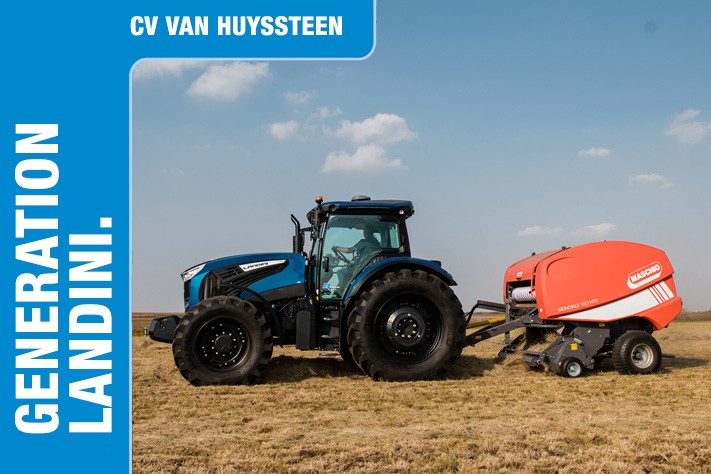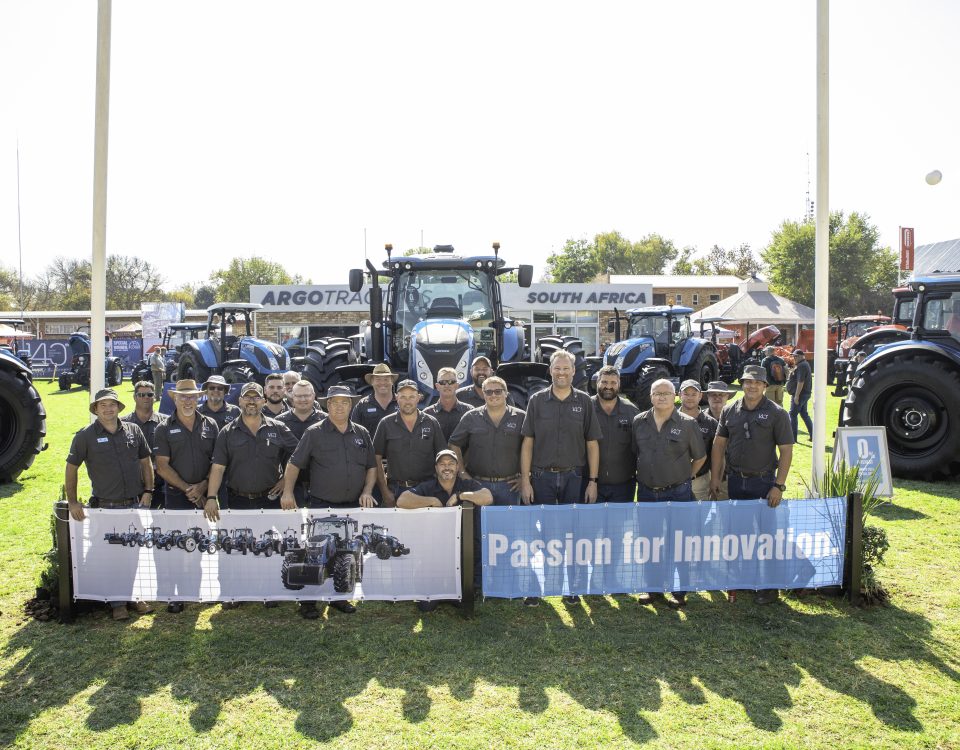Good crop outlook locally could contain food prices

In these times of higher food prices worldwide, it helps to know what is in store for the next agricultural season. A poor crop would mean food prices remain elevated for some time, while a good crop would offer some relief.
South Africa is now a few months before the start of the 2022/23 agricultural season. The current 2021/22 season is drawing to a close, and farmers are at the tail end of harvesting maize, sunflower seeds and other grains.
Thus, the focus is shifting towards the 2022/23 production season, which commences in October. The preliminary insights suggest that South Africa could have another good season.
However, I fear the weather extremes that we are seeing in the northern hemisphere during their summer season could be a reality here as home too. There are reports of heatwaves in the UK, Spain, the US, China, and other countries.
Still, the three critical indicators we have thus far, that is, (1) the tractor sales, (2) the weather outlook for the next five months, and (3) grains and oilseed prices, paint a positive outlook for the 2022/23 season.
First, South Africa’s tractor sales for the first half of 2022 are up 18% year on year (y/y), at 4 133 units. At the same time, combine harvester sales amounted to 213 units, up by 37%. The improved farmers’ finances on the back of the solid production performance of the sector in the past two years, when commodity prices, specifically for grains and oilseeds, were elevated, are the primary driver of the sales in the first half of the year.
The positive sentiment about the upcoming 2022/23 production season is an essential factor that might have encouraged farmers to increase investments in movable assets such as tractors. The generally positive sentiment in the sector is also reflected on the Agbiz/IDC Agribusiness Confidence Index, a measure of the sentiment amongst agribusinesses and major farming entities, which was at 60 points in the second quarter (having deteriorated though since the start of the year as the rising input costs, biosecurity concerns, hikes in interest rates, intensified geopolitical risks weighed on sentiment).
This general optimism doesn’t mean there aren’t many challenges facing the sector. The interruption of citrus exports in the EU, temporary closure of wool exports to China, foot-and-mouth disease in the cattle industry, relatively higher input costs, and rising interest rates are some of the problems that farmers have to contend with.
Second, the weather outlook for the upcoming 2022/23 production season shows encouraging signs. Last week, the Australian Bureau of Meteorology noted that “The ENSO Outlook continues at La Niña WATCH. This is due to the persistence of some La Niña-like signals in the atmosphere and ocean and the potential for the Pacific Ocean to cool back to La Niña levels in some model outlooks. La Niña WATCH means there is around a 50% chance of La Niña forming later in 2022. This is approximately double the normal likelihood.”
The South African Weather Service also shared a similar sentiment in its Seasonal Climate Watch for July to November 2022, released on 06 July. With that said, the weather conditions require close monitoring. The extreme weather events in the northern hemisphere worry us about the possibility of such occurrence in the southern hemisphere during the summer.
Third, while we expect South Africa’s maize, soybeans and sunflower seed prices to soften somewhat in the second half of the year compared to the previous one, these are still attractive levels which should incentivize farmers to maintain sizable plantings in the 2022/23 season. For example, on 04 August 2022, yellow and maize prices were up 26% and 32% y/y, trading at R4 156 per tonne and R4 161 per tonne, respectively. On the same day, sunflower seed and soybean spot prices were 12% y/y and 16% y/y up, trading around R10 200 per tonne and R8 454 per tonne, respectively.
For summer crops, we will only know the farmers’ intentions to plant for the 2022/23 season on 26 October 2022, when South Africa’s Crop Estimates Committee is scheduled to release the data. Moreover, we will have more data about the upcoming season when the Bureau for Food and Agricultural Policy (BFAP) releases the 2022 Baseline on 17 August 2022.
The outlook from various analysts is encouraging. For example, the preliminary estimates from the United States Department of Agriculture (USDA) forecast South Africa’s 2022/23 maize area plantings at 2,6 million hectares, which is well above the 10-year average of 2,5 million hectares. The yield estimate is forecast at 5,7 tonnes per hectare because of anticipated favourable weather conditions.
This means that there is a chance that the maize harvest could be at 14,8 million tonnes, which would be slightly above the 2021/22 season harvest of 14,7 million tonnes. Other summer crops such as soybeans, sunflower seed, sorghum, dry beans, and various horticulture crops and fruits could also have a good season. Again, we caution that the weather seems to be in a period of extremes, which could change this roughly optimistic outlook for the 2022/23 season.
In sum, the higher tractor sales, attractive prices and favourable weather forecasts suggest that South Africa could have another favourable agricultural season in 2022/23. It is still early, and I am waiting for more data, especially weather-related data, to formulate a firm view.
South Africa will need favourable rains, not excessive, primarily between October 2022 and February 2023 for this upcoming season, not only for field crops but also for livestock and horticulture. For now, the available indications are encouraging.
Against this backdrop, I am inclined to believe that South Africa’s consumer food price inflation could moderate in the second half of the year from the higher levels of 9,0% y/y in June 2022 and remain contained at relatively lower levels in 2023.
The global price movements and fuel prices remain the key upsides risks.
by
Note: This is an elaborate piece of the essay I published in the Sunday Times on 14 August 2022.



